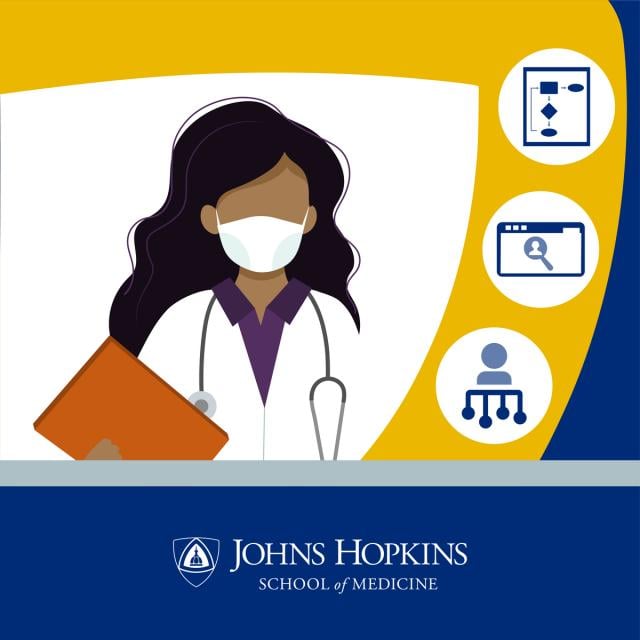MOOC List is learner-supported. When you buy through links on our site, we may earn an affiliate commission.

MOOC List is learner-supported. When you buy through links on our site, we may earn an affiliate commission.
Course 2 of 4 in the Healthcare IT Support Specialization
Syllabus
WEEK 1
Introduction to Electronic Health Records
In this module, you’ll be introduced to electronic health records (EHRs) and why they’re important from a patient care perspective. We will review the benefits of electronic health records and become familiar with what the most common EHR companies are that you should be familiar with. You’ll see the full lifecycle of the role an EHR plays starting from the point of scheduling and front desk registration. You’ll learn about the way ambulatory or outpatient encounters are handled. We’ll then discuss emergency room visits, inpatient admissions and the role of Health IT at the time of discharge from the hospital. We will highlight the integration of multiple steps in care delivery that revolve around this important tool. You’ll learn about the way patient data moves through the system, how clinicians might need technical assistance and what your role in troubleshooting or escalating issues could be.
WEEK 2
EHR Applications and Features
In this next module you’ll gain an even better understanding of how electronic medical records play an integral role in healthcare delivery. We’ll cover common EHR applications in Ambulatory, Inpatient, Emergency, Pharmacy, Radiology, and Operating Room (OR) settings. You’ll be introduced to some of the important patient information that’s documented in the EHR, such as allergies and medications. You’ll also get a behind the scenes view of what happens when an order placed by a provider needs to be modified. The importance of teamwork and communication in addressing issues is highlighted.
WEEK 3
Clinical Decision Support and Databases
This module covers clinical decision support (CDS) and how these tools are embedded into electronic health records (EHRs). We’ll go over common types of CDS such as alerts, preventive health reminders, configuration of order sets and calculators. When it comes to clinical decision support, there are CDS committees at a hospital or health system level that are responsible for reviewing the way CDS is functioning in practice. Physicians, nurses, pharmacists and analysts serve on these committees. Each organization has its own governance structure and meeting schedule for these kinds of groups. When there are issues that arise, these committees are decide how best to modify the CDS to ensure that the EHR is helping providers provide the best care. They also make decisions around what alerts should fire for providers, and what exclusions should be applied to limit alert fatigue. We’re providing you with this perspective so that you understand that not all issues related to the EHR can be addressed by the help desk, level 2, level 4 or even application specific teams. During this module, you’ll also be introduced to technical terminology related to databases, servers, and interfaces.
WEEK 4
Training, Communication, and Change Management
Now that you’ve been oriented to electronic health records, clinical decision support, and databases, we’re going to cover the importance of and process of training end-users in healthcare. You’ll see a scenario where a health IT trainer teaches a clinical end-user about the process of logging in, getting authenticated, and looking up patients. You’ll want to be familiar with roles of super-user, application specialists, and system trainers. The EHR database structure is complex and there are many different environments that exist in order to ensure that users can be educated appropriately. Applications in health IT are frequently undergoing updates, so you’ll want to be familiar with the different training environments and how data can be migrated. We’ll also cover the change management process involving EHR upgrades and importance of effective communication, significant preparation, and downtime procedures.
MOOC List is learner-supported. When you buy through links on our site, we may earn an affiliate commission.
MOOC List is learner-supported. When you buy through links on our site, we may earn an affiliate commission.
